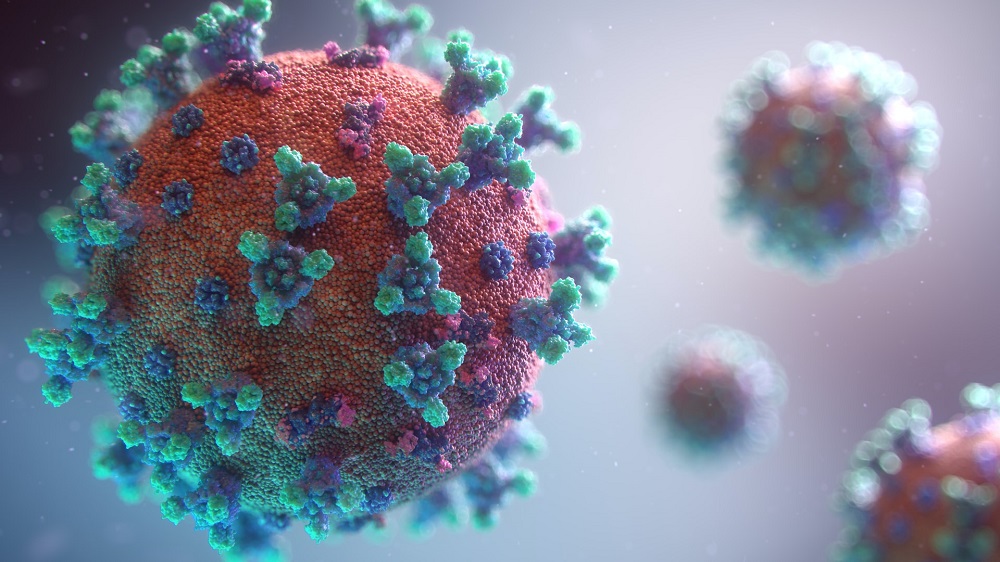
According to Kinsa’s data, for the first time since October, more than half of the states are at either high or critical COVID risk. Risk levels are determined by a combination of the current number of cases and the Kinsa COVID-19 forecast.
As the nation tops 800,000 deaths due to COVID-19, cases are running up too — there are currently around 125,000 new cases per day, an increase of 31 percent over the last two weeks. Some states, like New Hampshire and Maine, have more cases now than at any point in the pandemic. Others, like Michigan, are near the peaks of last winter’s wave.

Omicron Claims More Ground
As the Delta wave continues, Omicron is making headway in the states. Preliminary CDC data shows about three percent of all US covid cases between December 5 and 11 were caused by the Omicron variant. While the ratio is small now, early evidence shows Omicron can spread very rapidly compared to earlier variants.
Regional distribution shows a slightly different picture with some areas affected more than others. In New York and New Jersey, Omicron was responsible for more than 13 percent of all cases during the week ending December 11, potentially teeing the region up as an early epicenter for the new wave. The area comprising Iowa, Missouri, Kansas and Nebraska was the only other region with above average proportions of the variant with just under four percent of cases.
The top scientist at the World Health Organization said she expects Omicron to displace Delta, meaning we should expect to see the proportion of Omicron increase in all parts of the country in the coming days and weeks. On Tuesday, the CDC warned that a large wave of infections driven by the Omicron variant could peak in the US as soon as January. As we mentioned last week, we’re continuously updating our Omicron FAQ as the landscape evolves.
Vaccines Stall After Thanksgiving Bump
The number of people receiving the first dose of the COVID-19 vaccine appears to be petering off, according to CDC data. There was an uptick in people seeking their first shots prior to Thanksgiving, primarily driven by the newly approved 5-11 year olds. But the number of first doses administered has been decreasing most days since the holiday. Currently, about 17% of the country’s population has been fully vaccinated and received a booster shot, a key in fighting the looming Omicron threat. About 800,000 people per day are now receiving their booster shot, down from a peak of just under one million. If you haven’t already, now is a great time to get your first shot or your booster.
To learn more about the data behind this article and what Kinsa has to offer, visit https://www.kinsahealth.co/.







Sign up to receive our stories in your inbox.
Data is changing the speed of business. Investors, Corporations, and Governments are buying new, differentiated data to gain visibility make better decisions. Don't fall behind. Let us help.













Sign up to receive our stories in your inbox.
Data is changing the speed of business. Investors, Corporations, and Governments are buying new, differentiated data to gain visibility make better decisions. Don't fall behind. Let us help.





